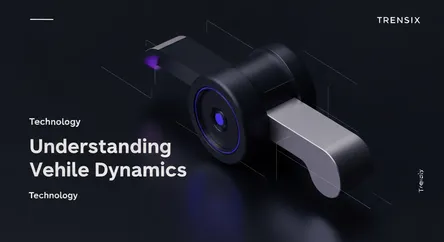Technology
Understanding Vehicle Dynamics

Explore the science of vehicle dynamics, from car handling and stability to the engineering behind a smooth, safe, and responsive ride.
What is it?
Vehicle dynamics is a field of automotive engineering that studies how vehicles move and respond to driver inputs and external forces. It covers three primary directions of motion: longitudinal (accelerating and braking), lateral (steering and cornering), and vertical (ride comfort over bumps). This science analyzes the complex interplay between the tires, suspension, steering system, aerodynamics, and the vehicle's mass. The ultimate goal is to optimize a car's handling, stability, and comfort, ensuring it behaves predictably and safely in all driving conditions, from casual commuting to high-performance racing.
Why is it trending?
The transition to electric vehicles (EVs) and the development of autonomous driving have pushed vehicle dynamics to the forefront. EVs have a different weight distribution and a lower center of gravity due to heavy battery packs, requiring new approaches to suspension and handling tuning. Furthermore, autonomous systems and advanced driver-assistance systems (ADAS) rely on precise models of vehicle dynamics to predict and control the car's movements accurately. As cars become smarter and more electrified, mastering their dynamic behavior is more critical than ever for safety and performance.
How does it affect people?
Vehicle dynamics directly impacts the driving experience for everyone. For the driver, it determines how a car 'feels'—whether it's responsive and engaging or stable and forgiving. Good dynamics inspire confidence, making the car predictable during emergency maneuvers like a sudden swerve. For passengers, it dictates ride comfort, minimizing bumps and preventing motion sickness. Ultimately, it's the invisible science that keeps a vehicle securely planted on the road, blending safety with the pleasure of a smooth and controlled journey, making every trip safer and more enjoyable.